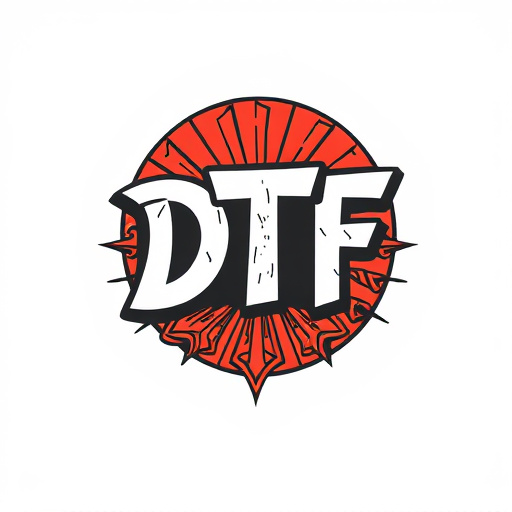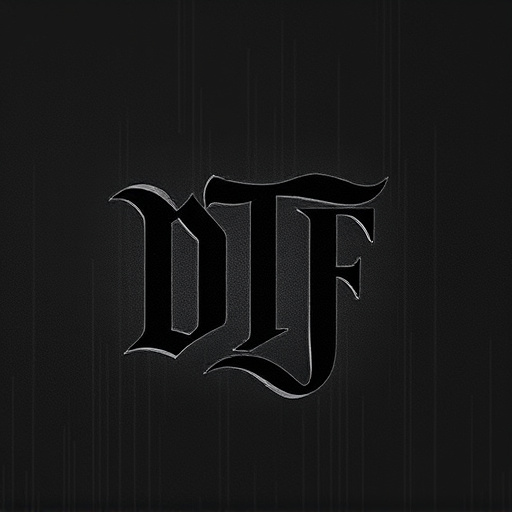Direct-to-Film (DTF) transfer technology offers precise, vibrant prints for diverse applications. Choosing a provider requires assessing experience, technology, turnaround times, and client reviews. Market options vary by application compatibility, ink adhesion, and resolution. Quality assessments focus on image clarity, color accuracy, and durability. DTF printing is used in hobbies, manufacturing, and professional sectors, with advancements driving higher quality and sustainability initiatives.
“In the realm of modern printing, Direct-to-Film (DTF) transfer has emerged as a game-changer, offering unparalleled precision and versatility. This innovative process allows for the creation of high-quality prints on various materials, from textiles to plastics. Our comprehensive guide delves into the intricacies of DTF Transfer, exploring its benefits and untapped potential. We break down the key factors to consider when choosing a provider, analyze popular products, and assess quality through a lens of excellence. Furthermore, we uncover real-world applications and glimpse into the future of this dynamic technology.”
- Understanding Direct-to-Film (DTF) Transfer: The Basics and Benefits
- Key Factors to Consider When Choosing a DTF Transfer Provider
- Popular DTF Transfer Products on the Market: A Comparative Analysis
- Quality Assessment: Measuring Print Excellence in DTF Transfers
- Real-World Applications of DTF Prints: From Hobbyists to Professionals
- The Future of DTF Printing: Trends and Innovations to Watch
Understanding Direct-to-Film (DTF) Transfer: The Basics and Benefits
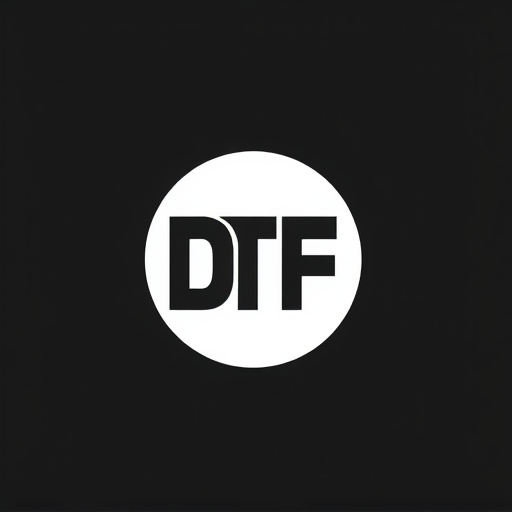
Direct-to-Film (DTF) Transfer is a cutting-edge printing technology that has revolutionized the way we create and reproduce high-quality images, especially in the realm of photography and art. This innovative process involves transferring digital data directly onto film, bypassing traditional intermediate steps, such as ink or toner cartridges. By doing so, DTF offers unparalleled precision and accuracy in reproducing intricate details and vibrant colors.
The benefits of DTF Transfer are numerous. Firstly, it enables professional-grade prints with a level of detail and consistency that was previously unattainable through conventional printing methods. This makes DTF ideal for fine art printing, archival quality photos, and even specialized applications like medical imaging. Additionally, DTF Printing allows for direct exposure to film, eliminating the need for complex setup and maintenance, which can be time-consuming and costly with other techniques. As a result, it’s become a preferred choice for folks seeking top-tier prints without the usual hassle.
Key Factors to Consider When Choosing a DTF Transfer Provider
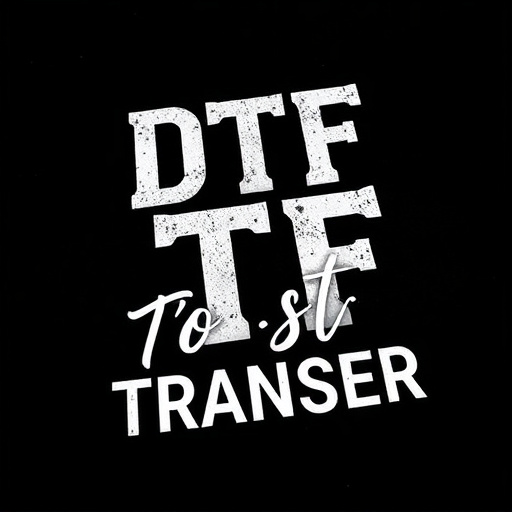
When selecting a direct-to-film (DTF) transfer provider, several key factors should guide your decision to ensure you receive high-quality DTF prints and an optimal outcome for your project. Firstly, consider the provider’s experience and expertise in the field. Look for companies with a proven track record of delivering exceptional DTF transfers for various applications, such as apparel, signage, or decorative items. Their proficiency in handling different materials and inks will be crucial to achieving vibrant and durable prints.
Additionally, assess their technology and equipment. Modern DTF printing involves advanced machines that enable precise and efficient color application. Ensure the provider uses state-of-the-art technology for consistent print quality, fast turnaround times, and the ability to handle large orders without compromising standards. Reviews and testimonials from previous clients can also provide valuable insights into the reliability and performance of their DTF transfer services.
Popular DTF Transfer Products on the Market: A Comparative Analysis

The Direct-to-Film (DTF) transfer market offers a plethora of options for printers seeking to expand their services. Several popular DTF transfer products have gained traction due to their ease of use, high-quality prints, and versatility across various materials. When comparing different DTF transfers, key factors include application compatibility, ink adhesion, cure time, and overall print quality.
Leading brands in the DTF space offer innovative formulations tailored for specific applications. For example, some products excel in producing vibrant, long-lasting DTF prints on fabrics, while others are designed for precise DTF transfer printing on metal or wood. Each product has its unique advantages, from fast curing to extended shelf life, allowing printers to cater to diverse client needs. This comparative analysis highlights the importance of understanding the market’s offerings to make informed decisions regarding the best DTF transfer solution for specific printing requirements.
Quality Assessment: Measuring Print Excellence in DTF Transfers

When evaluating Direct-to-Film (DTF) transfer providers and products, quality assessment is a paramount consideration. Measuring print excellence in DTF transfers involves scrutinizing several critical factors such as image clarity, color accuracy, and overall resolution. High-quality DTF prints should exhibit vibrant colors that remain consistent across different lighting conditions, ensuring the final product meets or exceeds expectations.
Additionally, the durability of the transfer is essential. Quality DTF transfers should withstand regular handling and exposure to light without significant fading or damage. This longevity ensures that the printed items, whether it’s a poster, label, or artistic piece, remain visually appealing over time. Thus, when choosing a DTF provider, it’s imperative to look for those that consistently deliver prints of exceptional quality and durability.
Real-World Applications of DTF Prints: From Hobbyists to Professionals

Direct-to-film (DTF) transfers have evolved from a niche hobby for film enthusiasts to a versatile tool used across various industries. This technology enables users to apply intricate designs and artwork directly onto a wide array of surfaces, including metal, wood, glass, and even ceramics. Hobbyists often use DTF printing for custom phone cases, laptop skins, and personal art projects, fostering creativity and self-expression.
On the professional front, DTF prints have found applications in manufacturing, signage, and promotional items. Industries such as automotive, aerospace, and architecture leverage DTF technology for precise, high-quality markings and graphics on their products. This includes intricate engine part labeling, aircraft identification markings, and architectural model detailing, showcasing the versatility and reliability of DTF transfers in real-world scenarios.
The Future of DTF Printing: Trends and Innovations to Watch
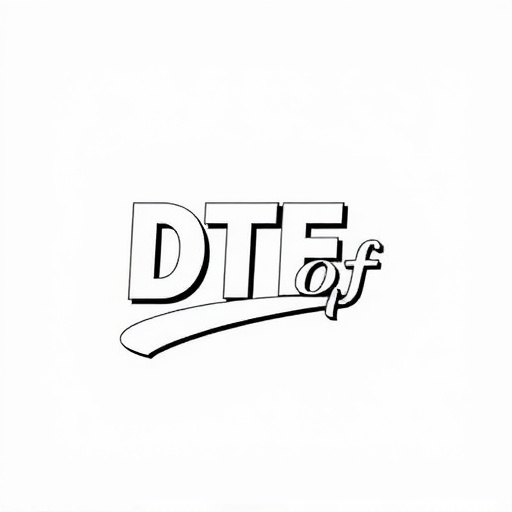
The future of DTF printing looks bright and dynamic, with several trends and innovations poised to revolutionize the industry. One key trend is the increasing demand for higher print quality and resolution, driven by consumers’ desire for more detailed and vibrant DTF prints. This has led to advancements in printing technology, such as the adoption of advanced ink formulations and high-precision printers that can capture intricate details and rich colors.
Additionally, sustainability is becoming a significant focus for DTF transfer providers. Eco-friendly materials and processes are being integrated into the production of DTF transfers, reducing environmental impact while maintaining quality standards. As consumers become more conscious of their carbon footprint, these sustainable practices will likely gain traction, shaping the future of DTF printing to be both technologically advanced and environmentally responsible.




